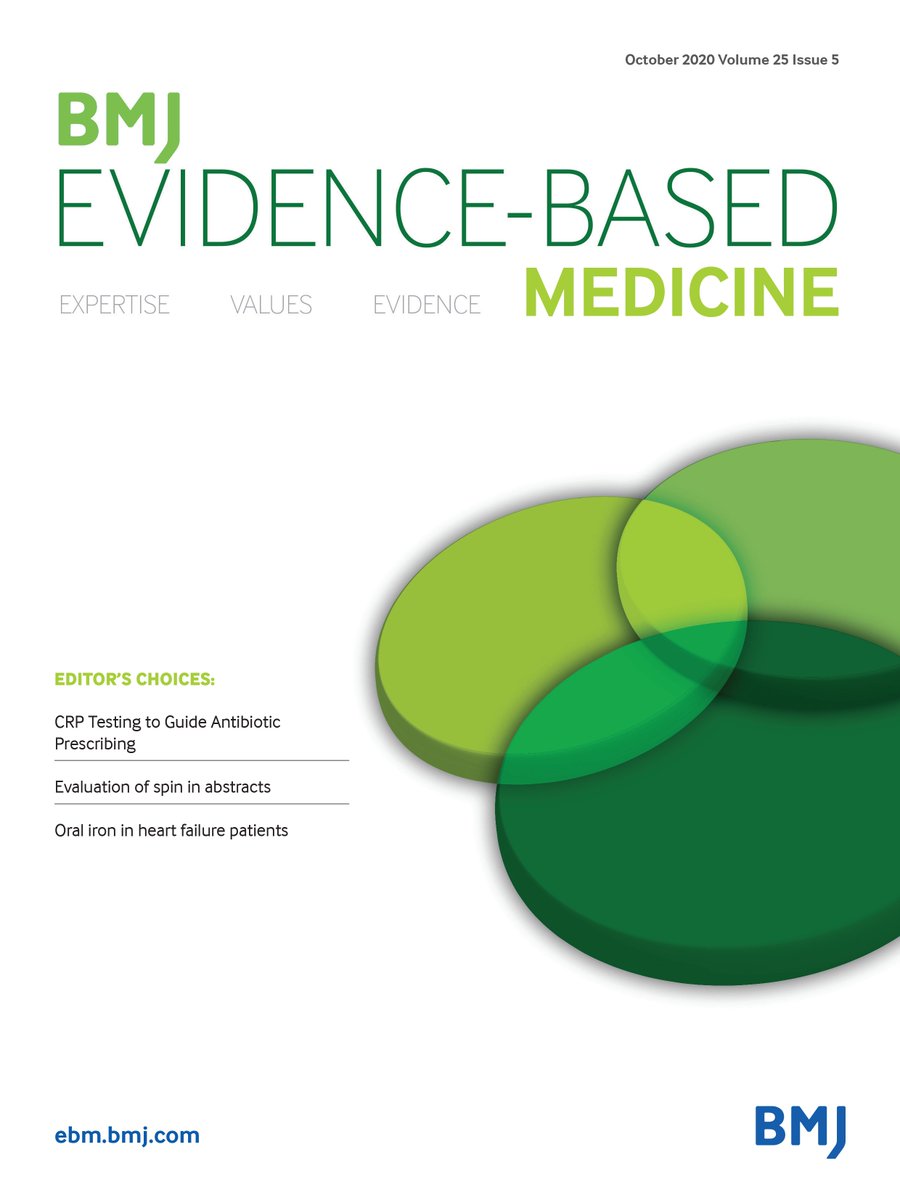埃米珠单抗预防甲型血友病抑制剂的成本效益:针对印度环境的适应性卫生技术评估
IF 9
3区 医学
Q1 MEDICINE, GENERAL & INTERNAL
引用次数: 0
摘要
目的 采用适应性卫生技术评估 (aHTA) 方法,评估在印度对使用抑制剂的 A 型血友病患者进行埃米珠单抗预防治疗的成本效益。设计 采用多种方法进行经济评估,旨在根据(1)仅价格差异("简单")和(2)成本和预期治疗时间差异("中等")以及成本、通货膨胀和预期寿命差异("复杂")调整之前得出的成本效益结果。研究背景 印度典型的血友病治疗。参与者 A 型血友病患者和抑制剂患者。干预措施 埃米珠单抗两种剂量(30 或 150 毫克/毫升)的预防性治疗与无预防性治疗的比较。主要结果指标 从卫生系统和社会角度看与埃米珠单抗预防治疗相关的调整后增量成本效益比(ICERa)、增量成本和增量质量调整生命年。结果 采用简单的ICER调整方法,从支付方的角度来看,在年龄≥12岁和<12岁的患者中,两种剂量的埃米珠单抗预防性治疗都有可能节约成本。然而,从社会角度来看,埃米珠单抗预防性治疗并不具有成本效益。采用中度调整法,从卫生系统的角度来看,埃米珠单抗预防性治疗有可能节约成本。复杂调整法也显示,从卫生系统和社会角度来看,不同年龄组的埃米珠单抗预防性治疗均可节约成本。结论 我们发现,在印度为血友病 A 和抑制剂患者实施埃米珠单抗预防治疗有可能节约成本。这项研究强调了在印度使用扩大的 aHTA 方法快速生成证据的可行性。然而,解决某些研究缺口至关重要,包括数据限制、将国际证据转化为印度国情所面临的挑战以及相关的不确定性。此外,有必要进行全面的预算影响分析。这些研究结果对印度通过联邦政府或/和邦政府资助的项目和机构提供埃米珠单抗预防性治疗的决策具有重要意义。如有合理要求,可提供数据。数据可向通讯作者索取。本文章由计算机程序翻译,如有差异,请以英文原文为准。
Cost-effectiveness of emicizumab prophylaxis for haemophilia A with inhibitors: an adaptive health technology assessment for the Indian setting
Objective To assess the cost-effectiveness of emicizumab prophylaxis for patients having haemophilia A with inhibitors in the Indian context using an adaptive health technology assessment (aHTA) methodology. Design Economic evaluation using multiple approaches aimed at adjusting previously generated cost-effectiveness results based on (1) price differences only (‘simple’) and (2) differences in cost and expected treatment duration (‘moderate’) and differences in cost, inflation and life expectancy (‘complex’). Setting Typical haemophilia care in India. Participants Patients with haemophilia A and inhibitors. Intervention Emicizumab prophylaxis using two vial strengths (30 or 150 mg/mL) in comparison to no prophylaxis. Main outcome measures Adjusted incremental cost-effectiveness ratio (ICERa), incremental costs and incremental quality-adjusted life years associated with emicizumab prophylaxis from both the health system and societal perspectives. Results Using the simple ICER adjustment method, emicizumab prophylaxis resulted in potential cost savings from the payers’ perspective for both vial strengths in patients aged ≥12 and <12 years. However, from a societal perspective, emicizumab prophylaxis was not cost-effective. Using the moderate adjustment method, emicizumab prophylaxis showed potential cost saving from the health system perspective. The complex adjustment method also revealed cost savings for emicizumab prophylaxis from the health system and societal perspectives across different age groups. Conclusion We found that implementing emicizumab prophylaxis for patients with haemophilia A and inhibitors in India has the potential to result in cost savings. This study highlights the feasibility of using the expanded aHTA methodology for rapid evidence generation in the Indian context. However, it is crucial to address certain research gaps, including data limitations, challenges in translating international evidence to Indian context and associated uncertainties. Additionally, conducting a comprehensive budget impact analysis is necessary. These findings hold significant implications for decision-making regarding the potential provision of emicizumab prophylaxis through federal or/and state government-funded programmes and institutions in India. Data are available upon reasonable request. Data are available upon reasonable request to the corresponding author.
求助全文
通过发布文献求助,成功后即可免费获取论文全文。
去求助
来源期刊

BMJ Evidence-Based Medicine
MEDICINE, GENERAL & INTERNAL-
CiteScore
8.90
自引率
3.40%
发文量
48
期刊介绍:
BMJ Evidence-Based Medicine (BMJ EBM) publishes original evidence-based research, insights and opinions on what matters for health care. We focus on the tools, methods, and concepts that are basic and central to practising evidence-based medicine and deliver relevant, trustworthy and impactful evidence.
BMJ EBM is a Plan S compliant Transformative Journal and adheres to the highest possible industry standards for editorial policies and publication ethics.
 求助内容:
求助内容: 应助结果提醒方式:
应助结果提醒方式:


